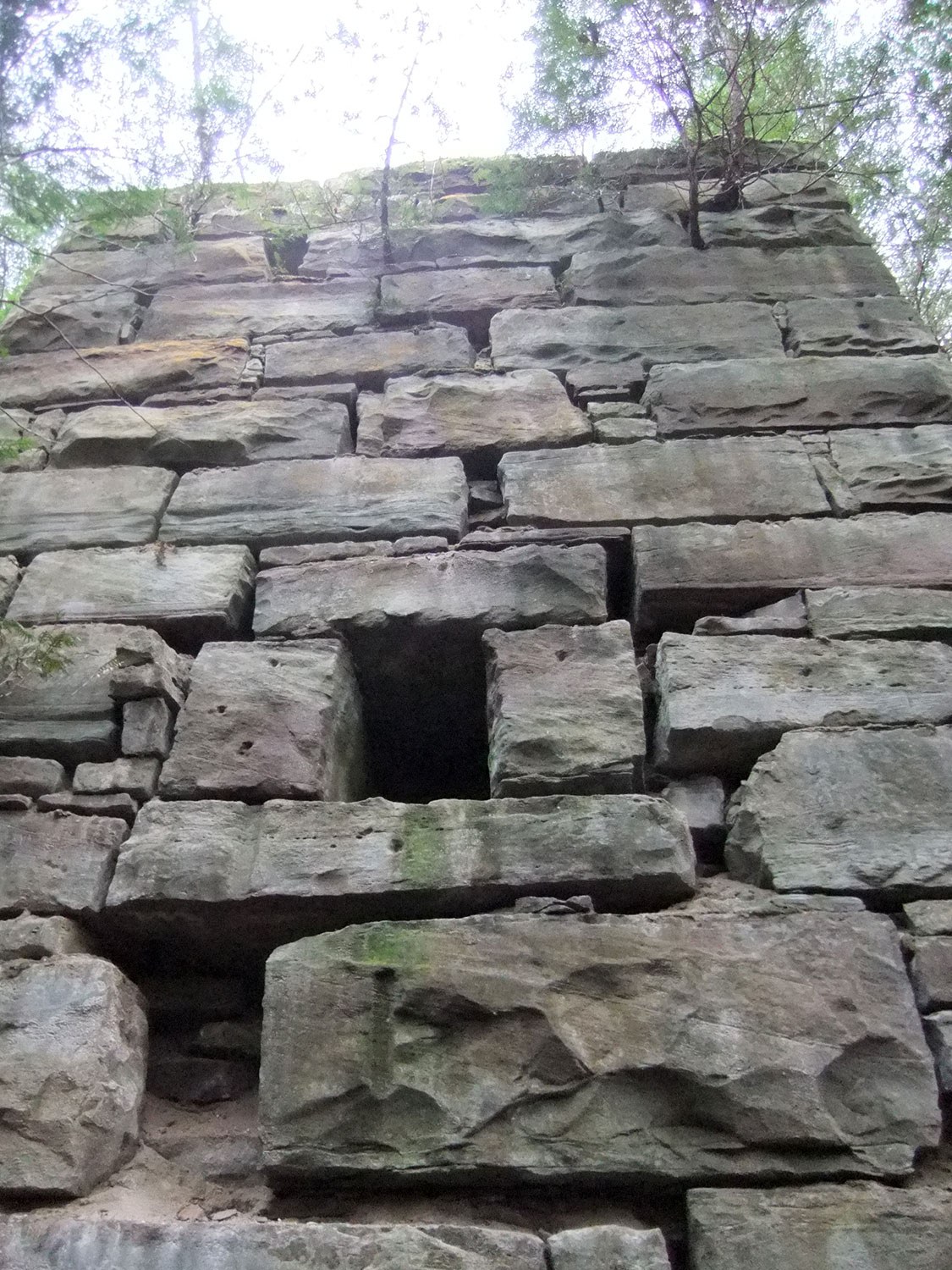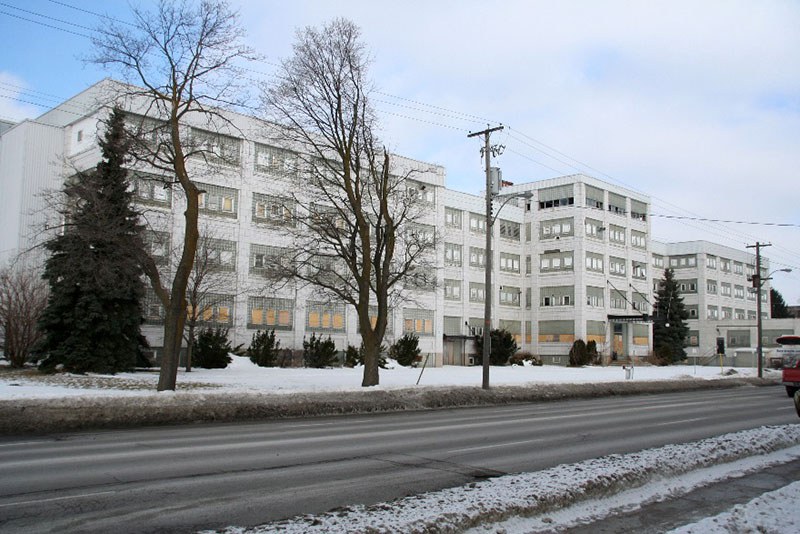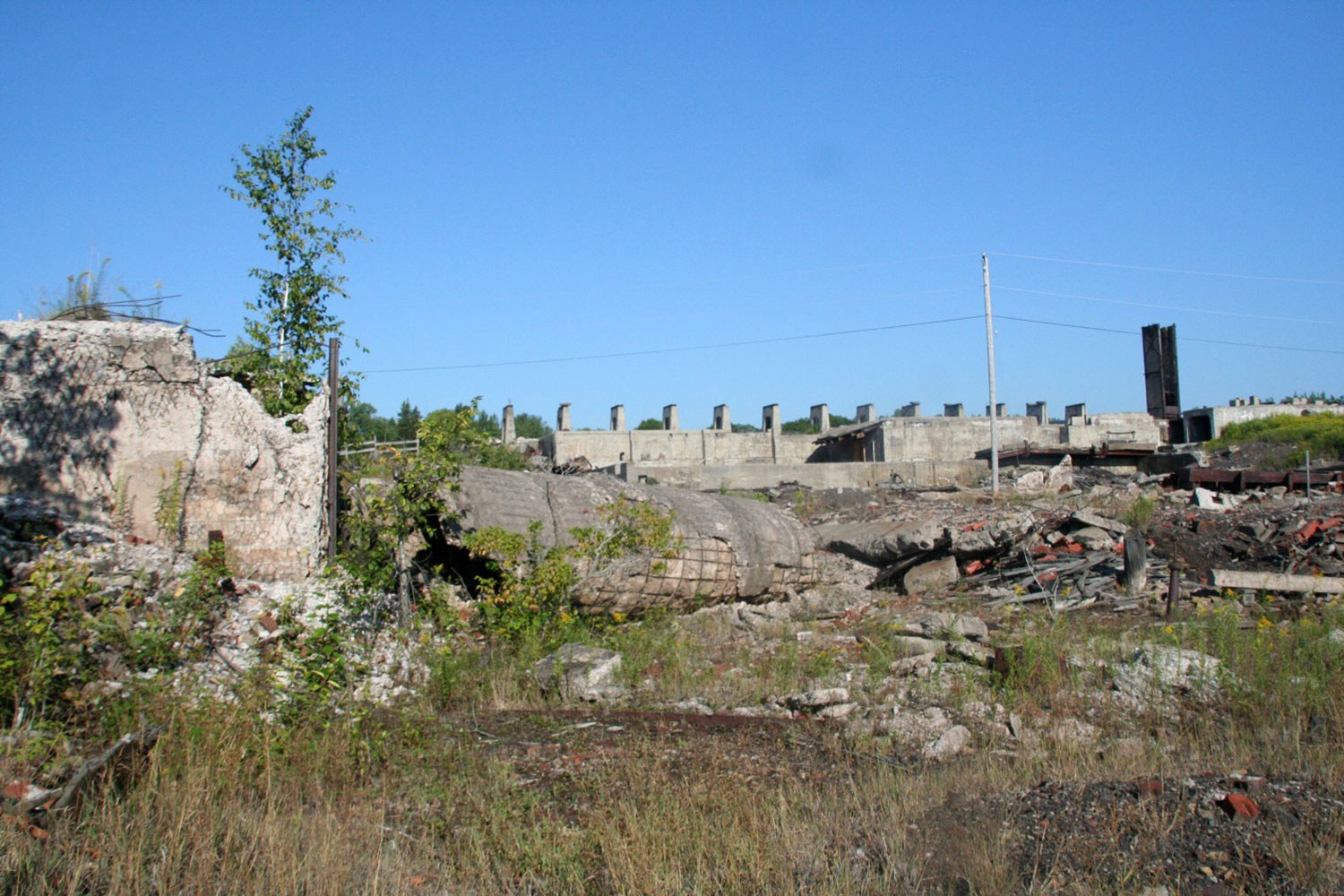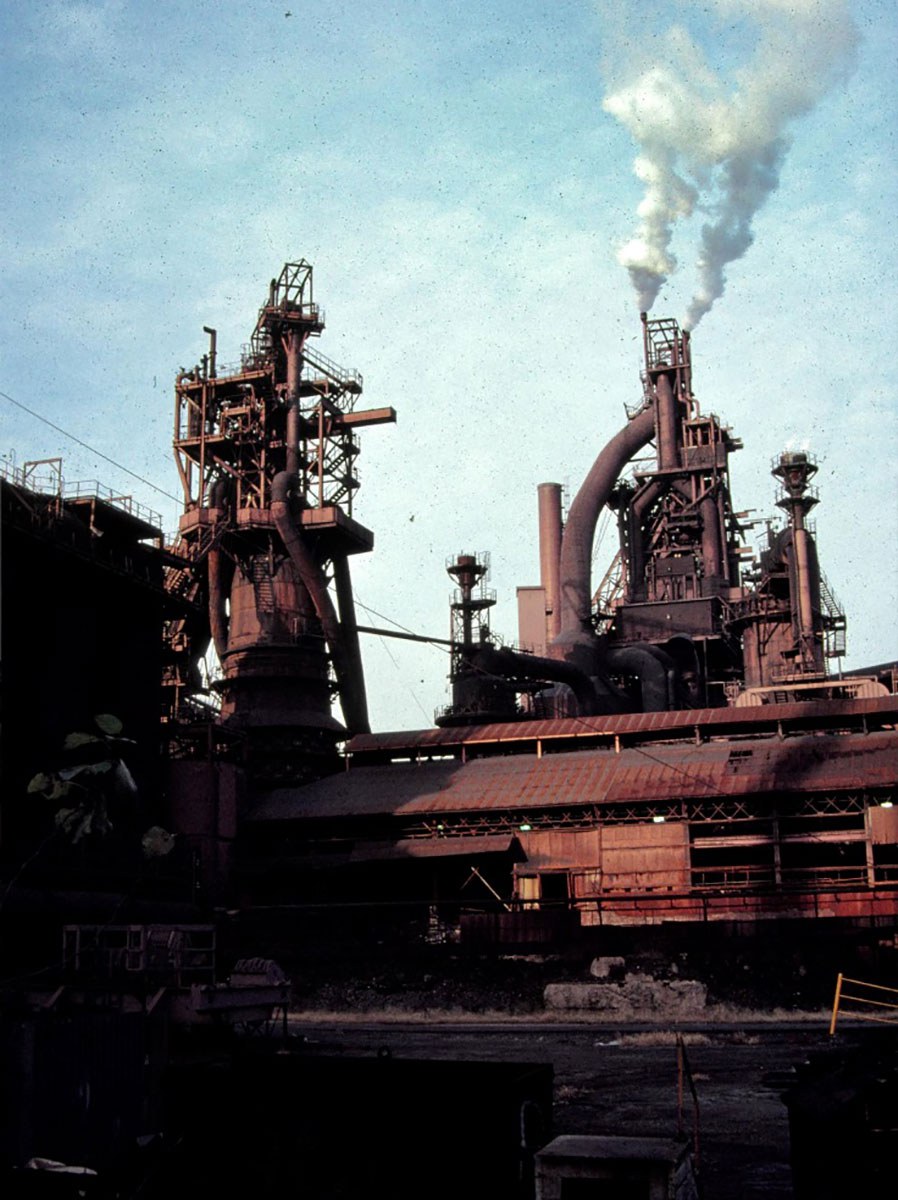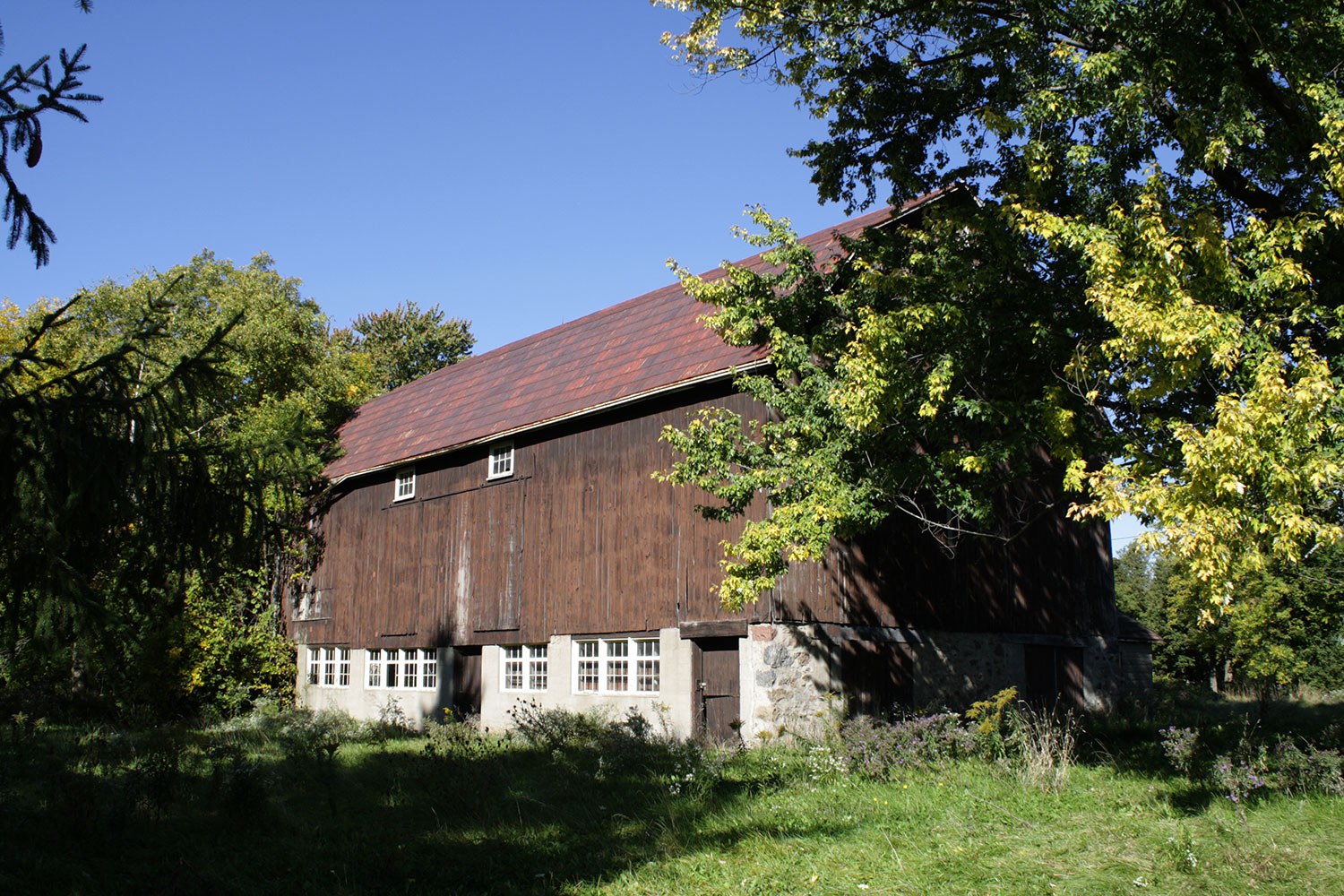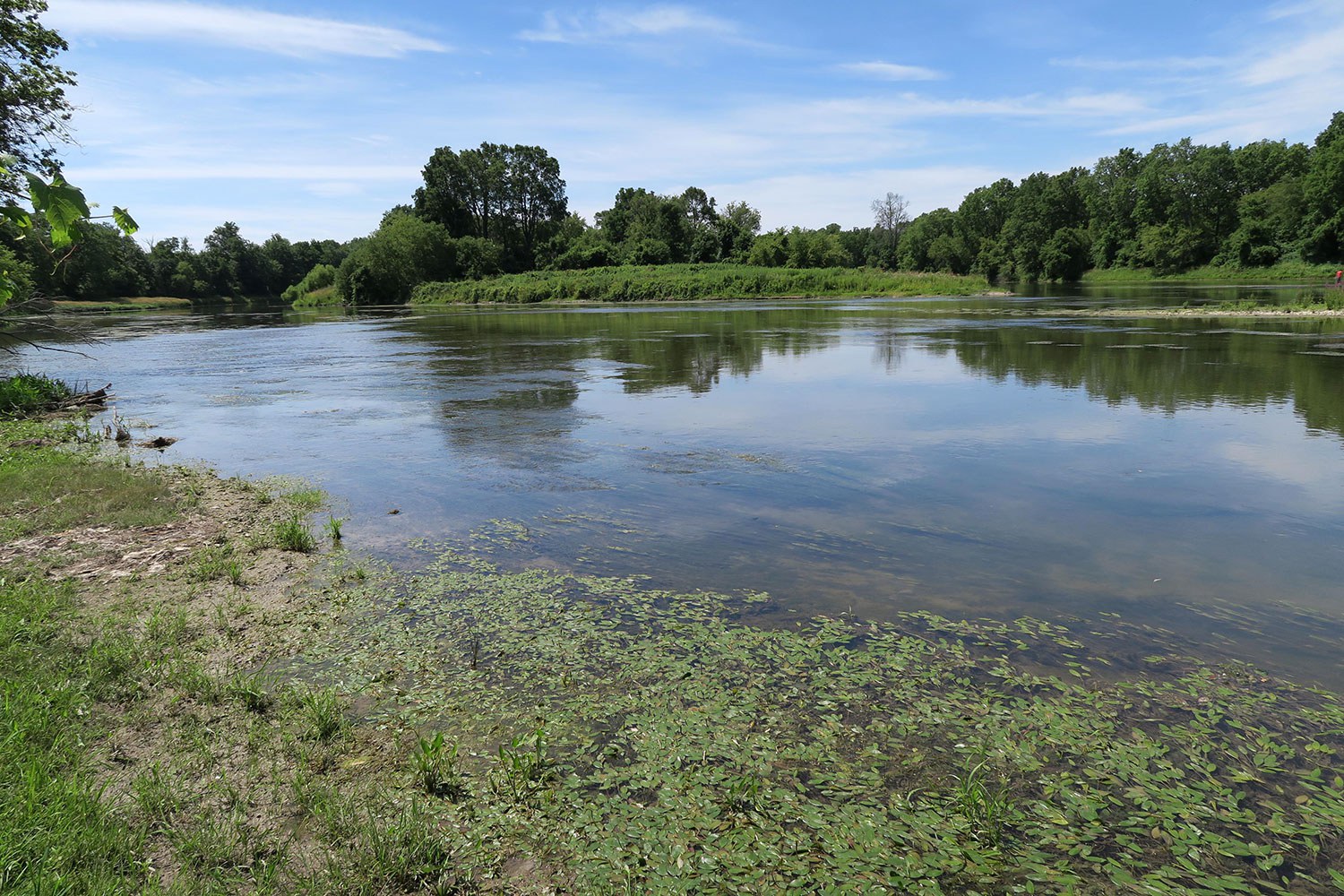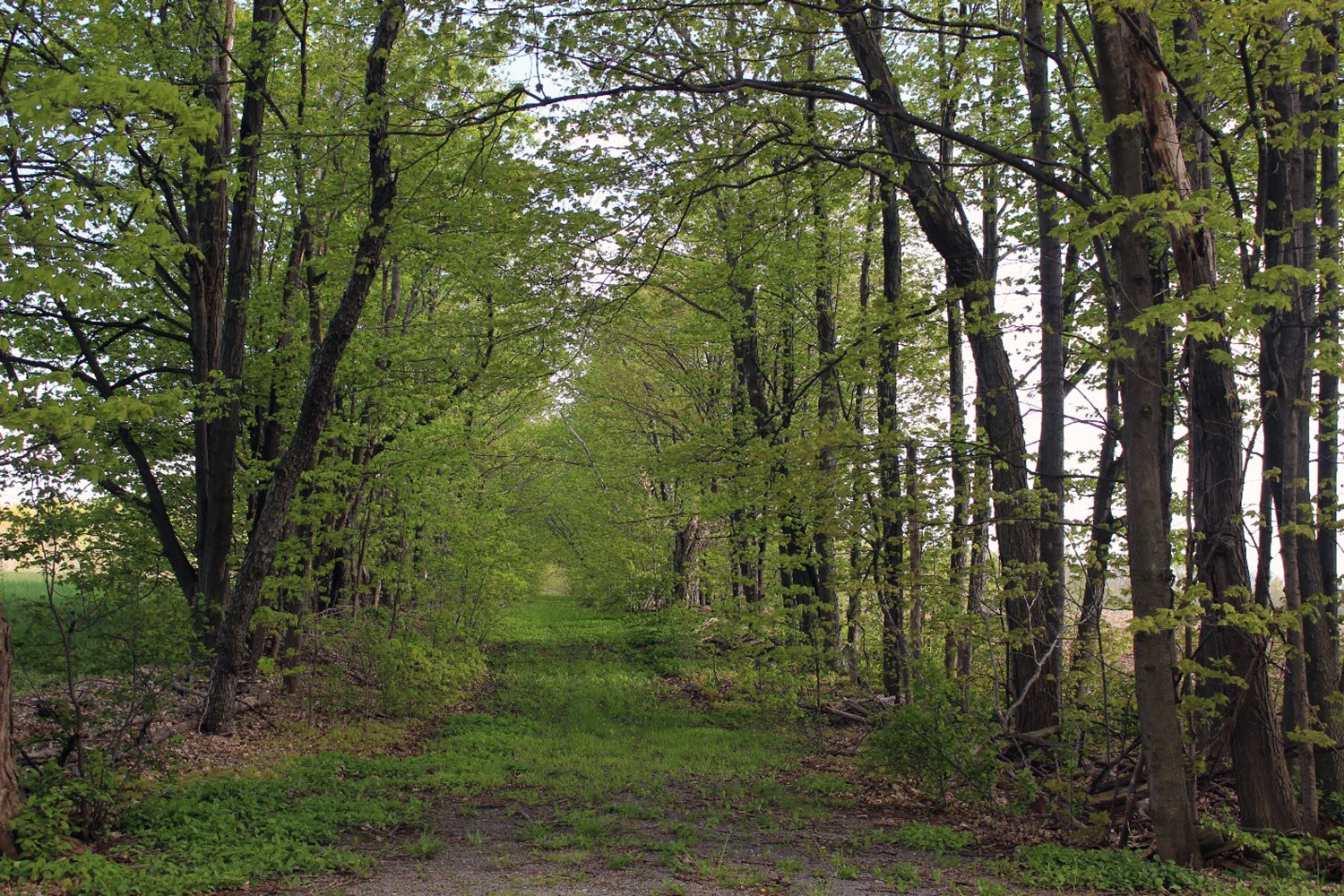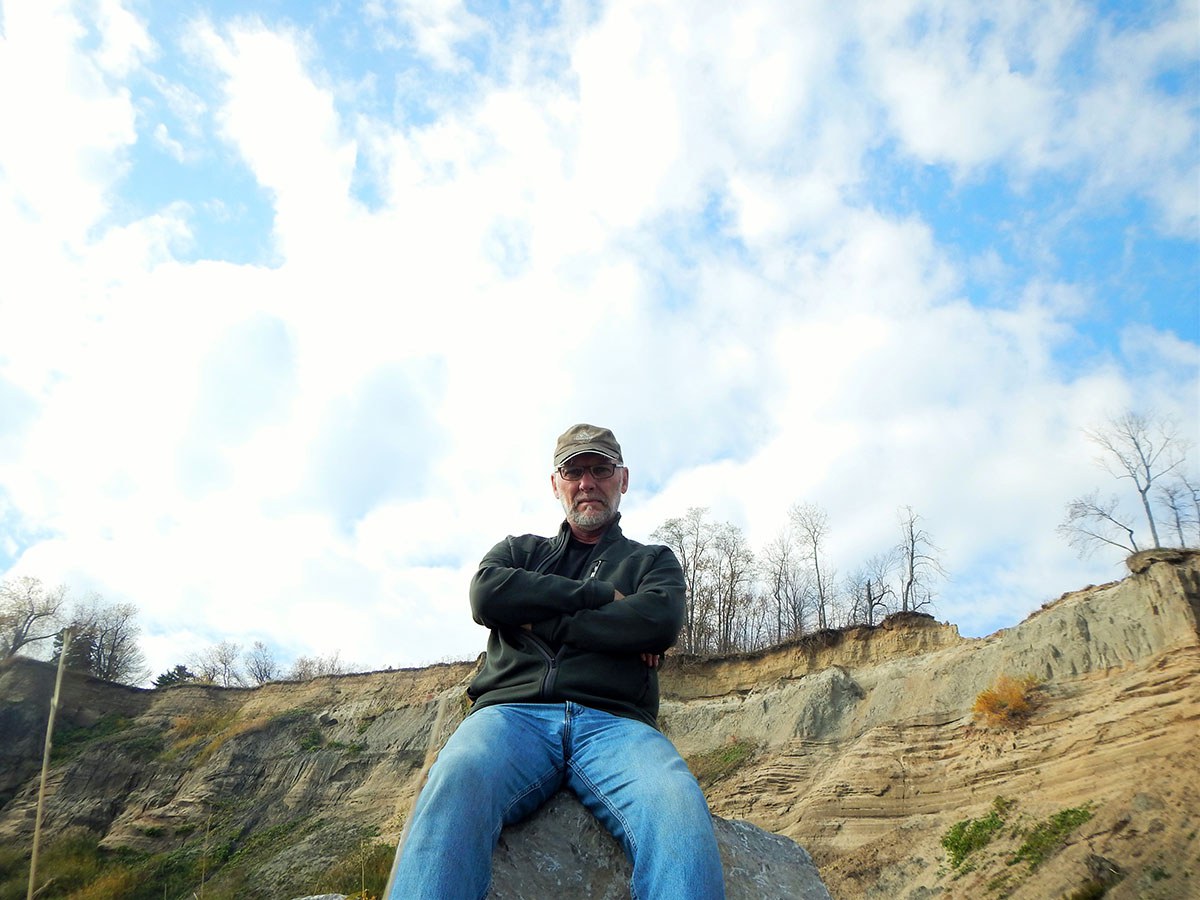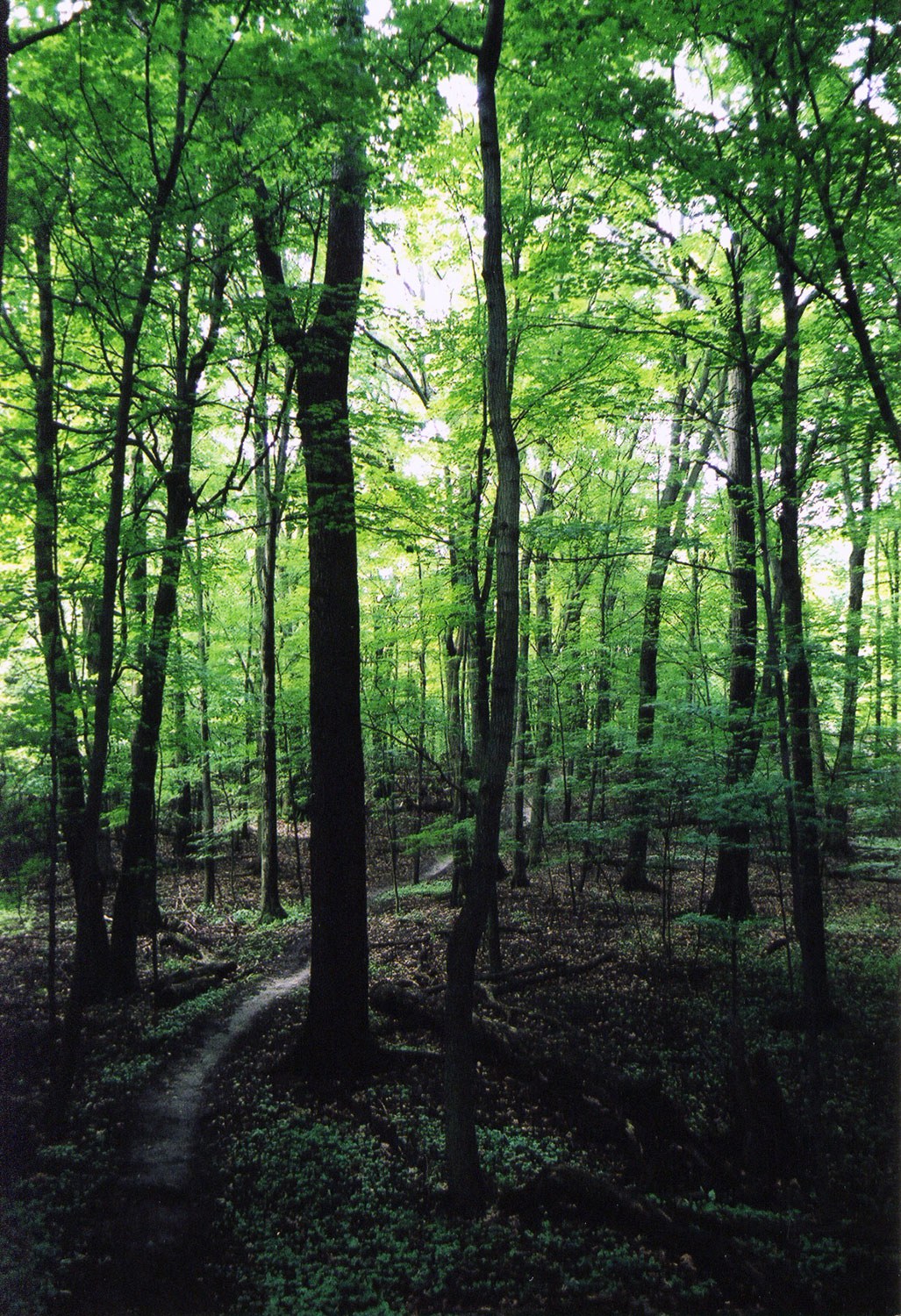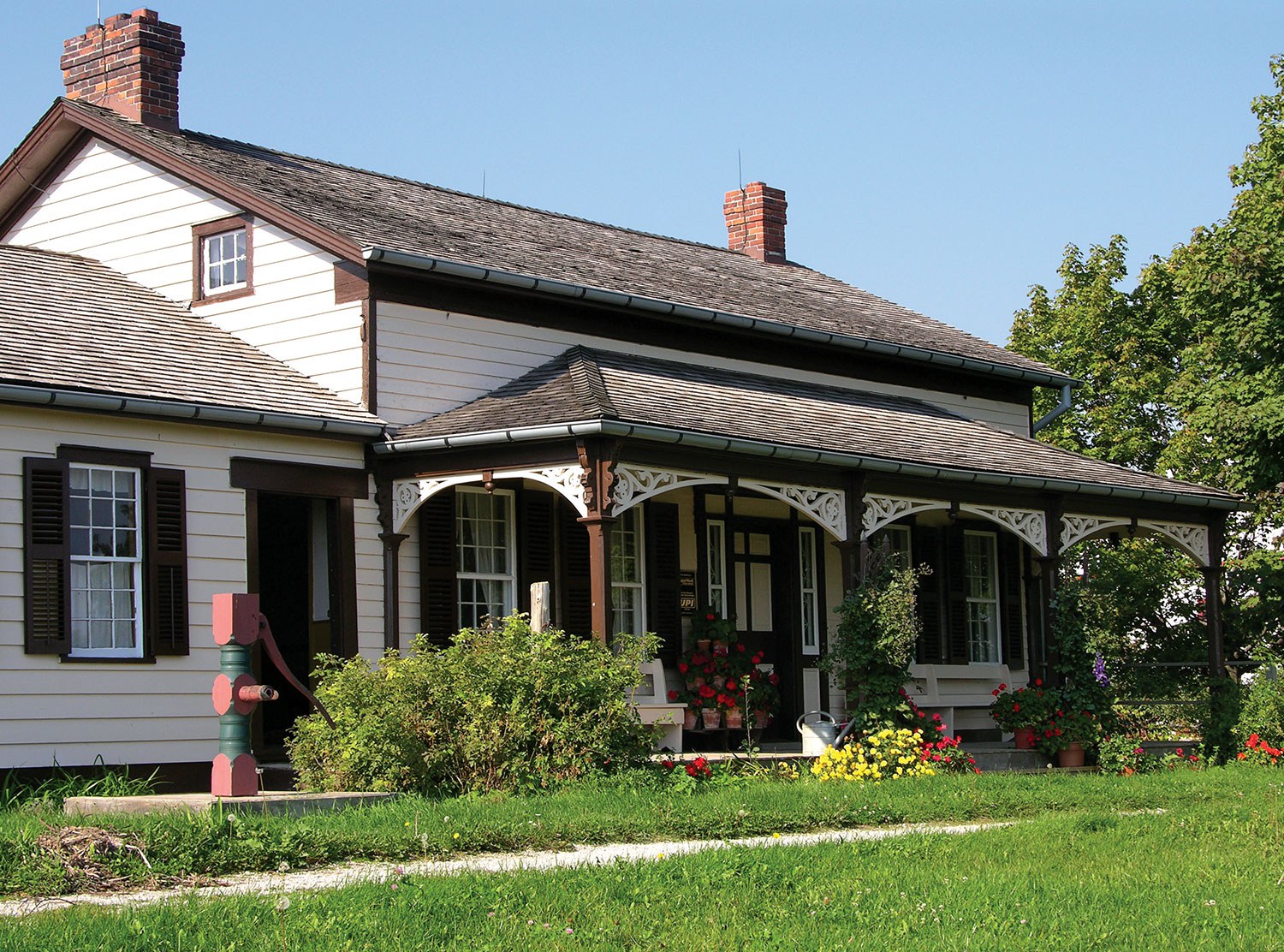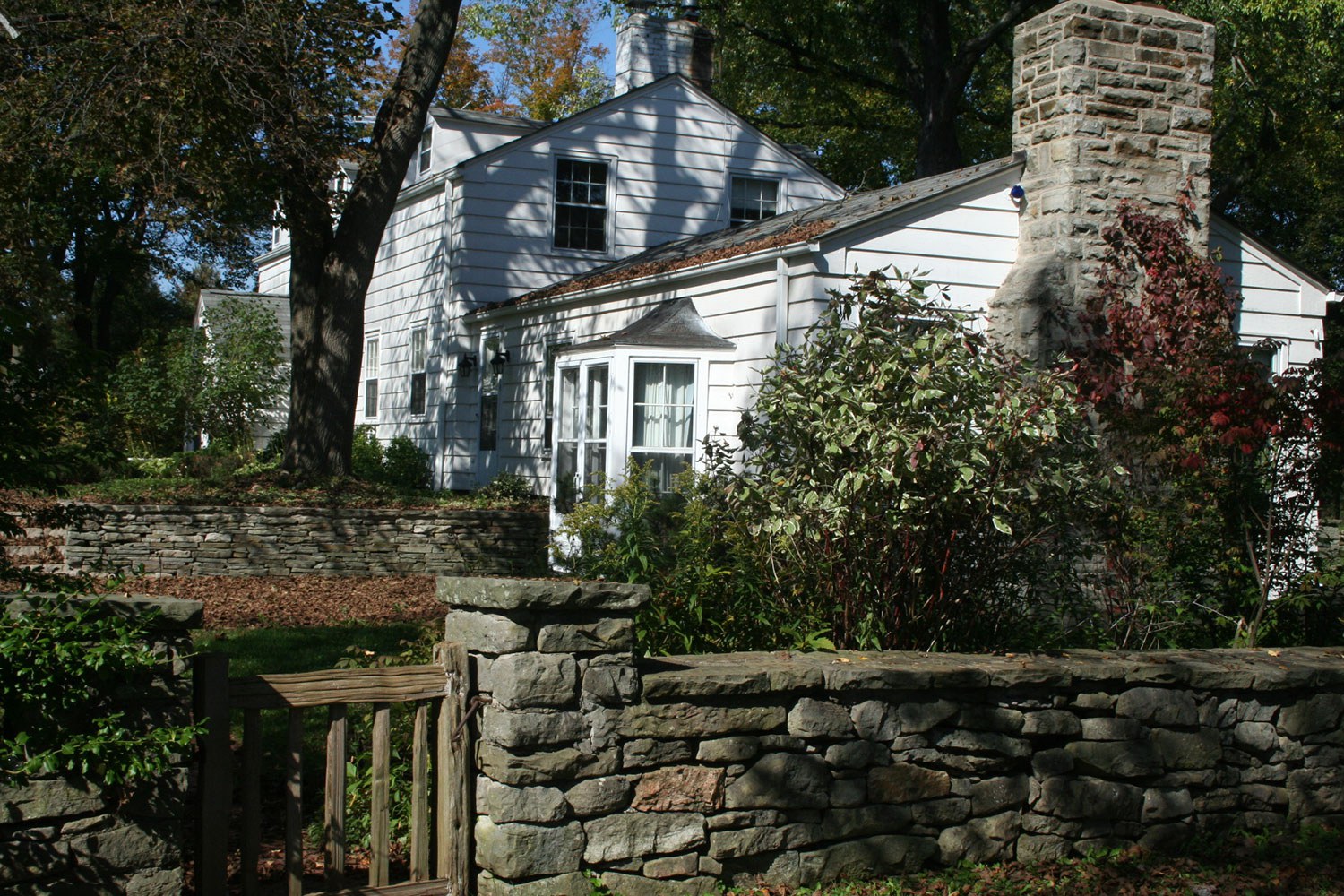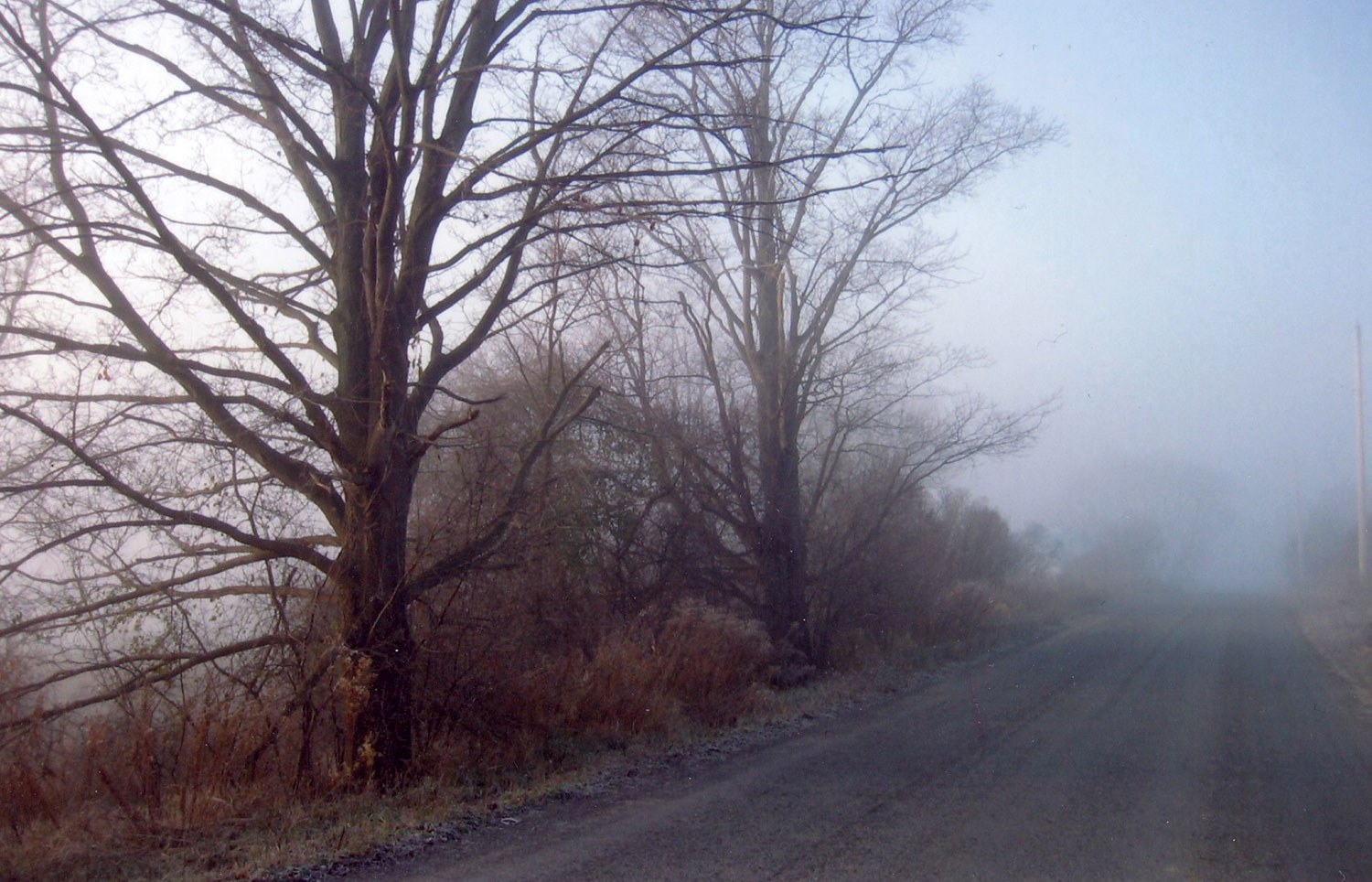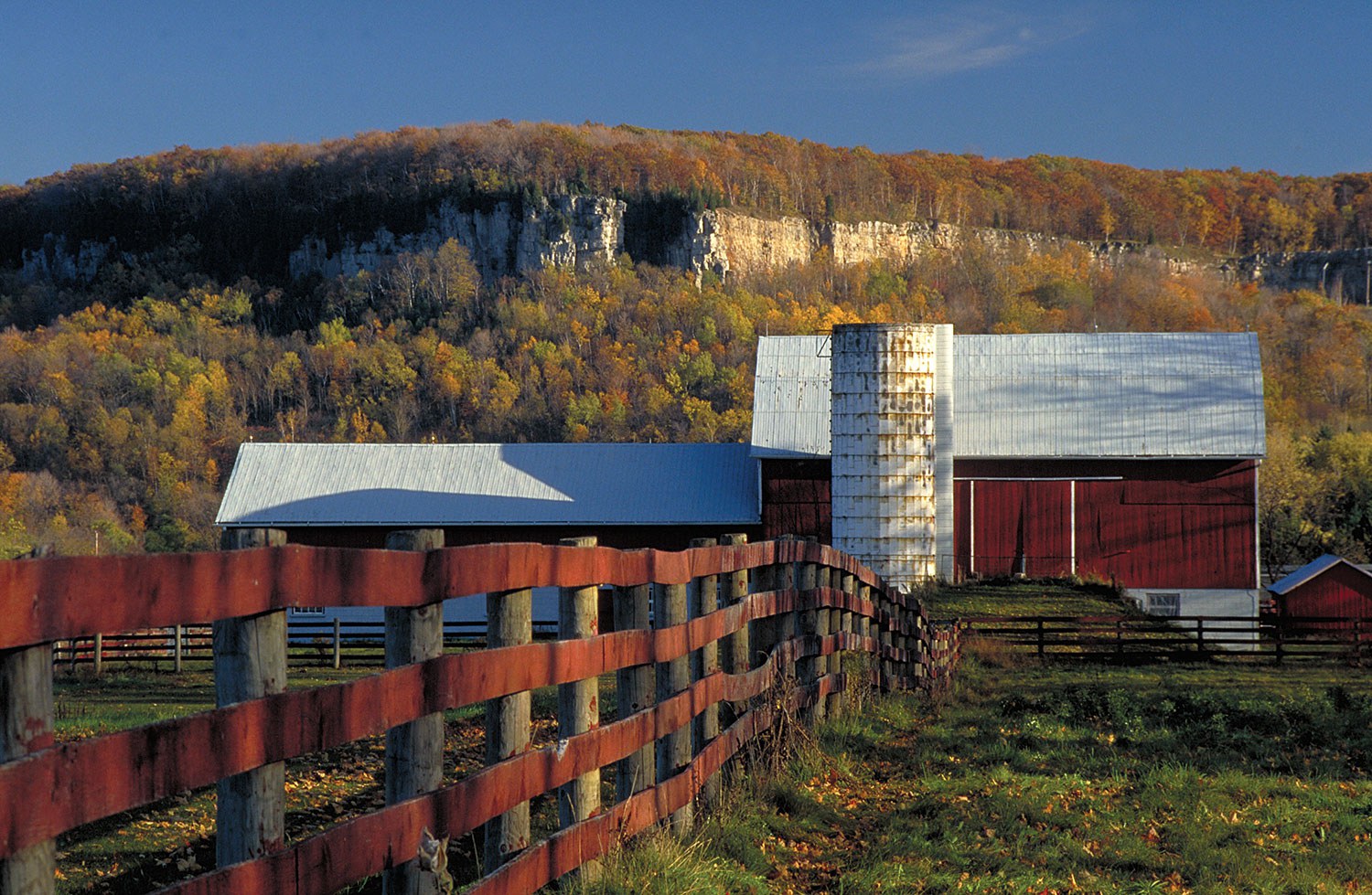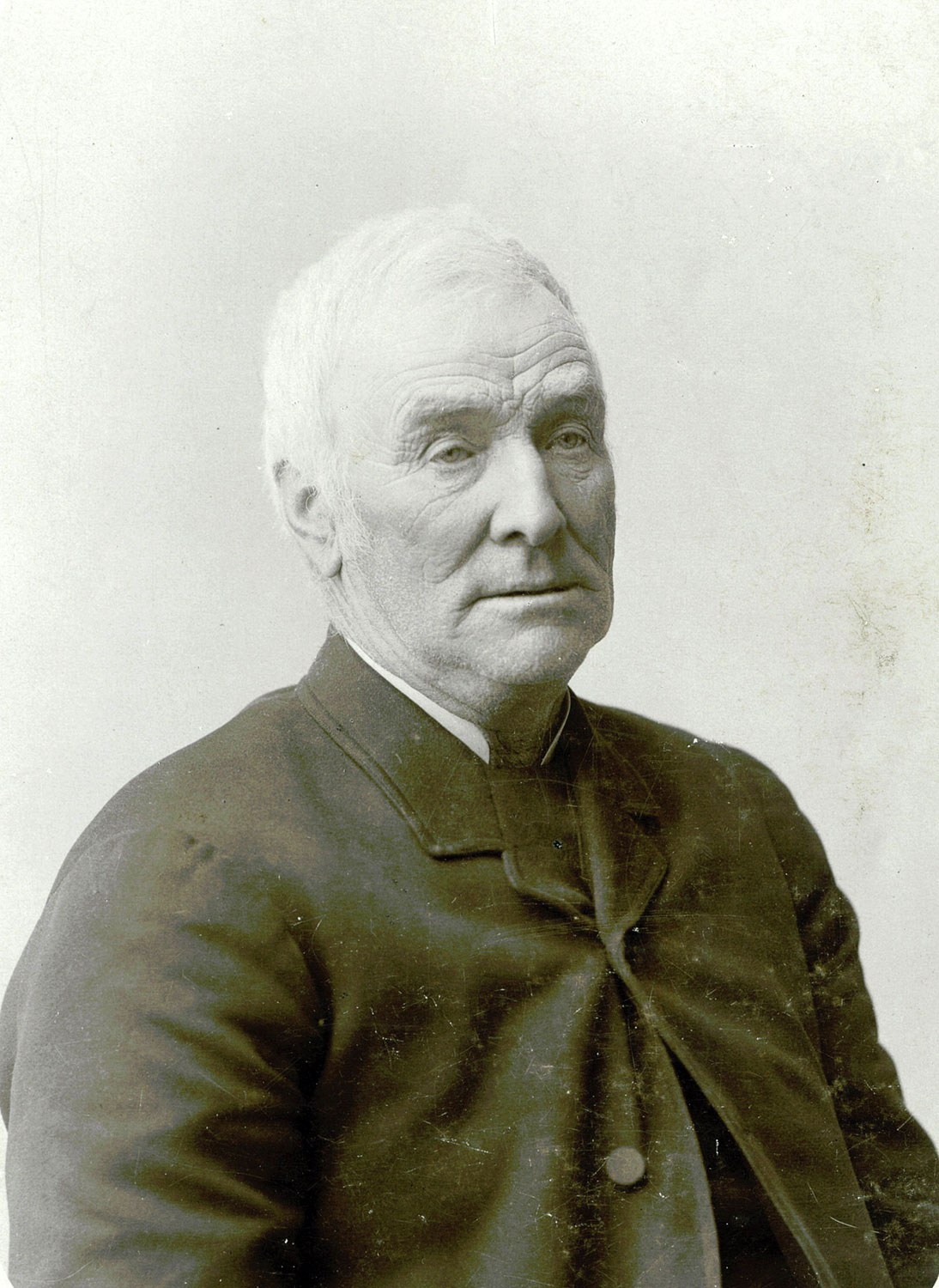

Browse by category
- Adaptive reuse
- Archaeology
- Arts and creativity
- Black heritage
- Buildings and architecture
- Communication
- Community
- Cultural landscapes
- Cultural objects
- Design
- Economics of heritage
- Environment
- Expanding the narrative
- Food
- Francophone heritage
- Indigenous heritage
- Intangible heritage
- Medical heritage
- Military heritage
- MyOntario
- Natural heritage
- Sport heritage
- Tools for conservation
- Women's heritage
Industrial cultural landscapes: Fragile and fugitive
Appreciating industrial cultural landscapes can be challenging due to the diversity of industrial activities and locations. The variation between rural and urban landscapes described below provides insight into the processes that created them.
Typical historical, rural industrial landscapes are associated with agriculture, forestry and mining. For about 30 years, at the end of the 19th century, quarries along the Niagara Escarpment at the Forks of the Credit provided Toronto and surrounding areas with high-quality building stone – most notably for the legislative building in Toronto. “Burning” limestone, that lay on top of the sandstone, was a minor industry. The exception was a novel kiln known as a Hoffman kiln that ran briefly in the 1890s. This design was widely used for firing brick, but was the only lime-burning example in Canada. These stone industries were short lived. By 1900, the tramways, quarry faces, incline railways and sheds had closed, and within another 20 years were largely invisible in the bush.
The quarry landscape had mellowed sufficiently by 1930 to attract A.J. Casson to paint the scene. Today, the moody, mysterious ruins of the Hoffman kiln along with waste rock, rusting machinery and tramway earthworks are littered in the understory – in harmony with nature.
Mining and smelting operations at Deloro were quite different. Located on the Moira River near Marmora, it was part of Ontario’s first gold rush in 1866. Fortunately, from a business perspective, the ore was high in arsenic. While the gold was not profitable, the arsenic had a considerable market and Deloro was, for many years, North America‘s only arsenic producer. When mining there ceased in 1903, the landscape was defined by mine shafts, milling and smelting facilities, and a company town.
Again, fortuitously (for the owners), cobalt ore – also with a high arsenic content – had just been discovered at Cobalt in northern Ontario. Deloro had the smelting technology and, between 1907 and 1961, ore was brought by rail to Deloro for processing. For many years, arsenic was a lucrative commodity, but the market eventually disappeared and thereafter the arsenic ore was simply dumped.
The McCormick factory in London (December 2014) was once a landmark industry. (Photo: Christopher Andreae)
Deloro entered a final phase of landscape evolution in 1979 when the province – having acquired the orphaned property – commenced a 40-year decontamination program of Ontario’s most contaminated industrial property. When finished in 2014, a new, engineered landscape had completely obliterated the historical, hazardous past. Remnants of the company town still exist, though, outside the former mining area.
The urban landscapes of industry most at risk today are those established before the First World War. These were located in the urban cores, close to residential areas and typically based on railway access. The modern industrial landscape is located along 400-series highways on the periphery of cities.
This migration has left the industrial core obsolete and a changed landscape. In many cities, individual industrial buildings have been integrated into the urban fabric for commercial or residential use. But, the landscape of tightly packed factories processing commodities into commercial products – with the attendant sounds, smells and traffic – no longer exists. In other cities, such as London and Brantford, the industrial district still physically survives but is derelict, awaiting new life.
A few urban core industrial landscapes, however, continue to thrive. Burlington Street in Hamilton runs through the middle of the largest such landscape in Ontario. It contains two steel mills (one operating, one closed), refineries, fabrication plants, storage and rail, road and water transport facilities. This landscape is stable at the moment, but steel production is an internationally competitive business and the economy could change the equation.
Rural industry, as long as it did not create dangerous conditions, has typically been allowed to drift off into gentle decay. Urban industrial landscapes do not have the same option. Quite apart from the value of land and the physical risks of abandoned property, the esthetics of urban decay are generally unacceptable.
Industrial activity over the last 150 years has created distinctive rural and urban landscapes based on economic and social opinions of the day. New ones have been evolving over the last few decades that reflect our present values. Over time, there remains both continuity and change in the way industrial cultural heritage landscapes have evolved.

